- 全部删除
 您的购物车当前为空
您的购物车当前为空
FGF-16 Protein, Human, Recombinant (CHO)
一键复制产品信息产品编号 TMPS-00029
FGF-16 Protein, Human, Recombinant (CHO) is expressed in CHO Cells. The accession number is O43320.
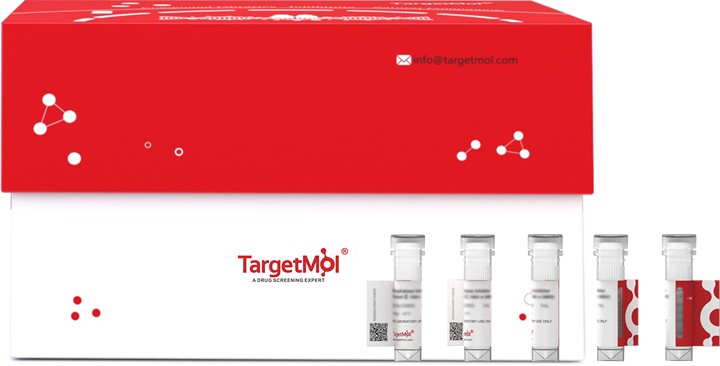
FGF-16 Protein, Human, Recombinant (CHO)
一键复制产品信息产品编号 TMPS-00029
FGF-16 Protein, Human, Recombinant (CHO) is expressed in CHO Cells. The accession number is O43320.
| 规格 | 价格 | 库存 | 数量 |
|---|---|---|---|
| 5 μg | ¥ 443 | 6-8日内发货 | |
| 10 μg | ¥ 720 | 6-8日内发货 | |
| 20 μg | ¥ 1,130 | 5日内发货 | |
| 50 μg | ¥ 2,160 | 5日内发货 | |
| 100 μg | ¥ 3,560 | 5日内发货 | |
| 200 μg | ¥ 5,890 | 5日内发货 | |
| 500 μg | ¥ 11,500 | 5日内发货 | |
| 1 mg | ¥ 19,300 | 5日内发货 |
大包装 & 定制
加入购物车
TargetMol 的所有产品仅用作科学研究或药证申报,不能被用于人体,我们不向个人提供产品和服务。请您遵守承诺用途,不得违反法律法规规定用于任何其他用途。
资源下载
产品信息
| 生物活性 | Measured in a cell proliferation assay using 3T3 mouse fibroblast cell, the ED 50 for this effect is < 20.0 ng/ml. |
| 产品描述 | FGF-16 Protein, Human, Recombinant (CHO) is expressed in CHO Cells. The accession number is O43320. |
| 种属 | Human |
| 表达系统 | CHO Cells |
| 标签 | Tag Free |
| 蛋白编号 | O43320 |
| 别名 | Fibroblast Growth Factor-16,FGFG,FGF16 |
| 蛋白构建 | Ala2-Arg207 |
| 蛋白纯度 | > 95% as determined by SDS-PAGE; > 95% as determined by HPLC |
| 分子量 | ~23 kDa (Reducing conditions) |
| 内毒素 | < 0.2 EU/μg of protein as determined by the LAL method. |
| 缓冲液 | Lyophilized from a 0.2 μm filtered solution of 20 mM PB, 150 mM NaCl, 5 mM EDTA, pH 7.5. |
| 复溶方法 | Reconstitute the lyophilized protein in sterile deionized water. The product concentration should not be less than 100 μg/ml. Before opening, centrifuge the tube to collect powder at the bottom. After adding the reconstitution buffer, avoid vortexing or pipetting for mixing. |
| 存储 | Upon receiving, this product remains stable for up to 6 months at lower than -70°C. Upon reconstitution, the product should be stable for up to 1 week at 4°C or up to 3 months at -20°C. For long term storage it is recommended that a carrier protein (example 0.1% BSA) be added. Avoid repeated freeze-thaw cycles. |
| 运输方式 | In general, Lyophilized powders are shipping with blue ice. Solutions are shipping with dry ice. |
| 研究背景 | Fibroblast Growth Factor-16 (FGF-16) is a heparin binding growth factor, a member of the FGF family. All FGF family members are heparinbinding growth factors with a core 120 amino acid (aa) FGF domain that allows for a common tertiary structure. FGF family members possess broad mitogenic and cell survival activities, and are involved in a variety of biological processes, including embryonic development, cell growth, morphogenesis, tissue repair, tumor growth and invasion. The rat homolog is predominantly expressed in embryonic brown adipose tissue and has significant mitogenic activity, which suggests a role in proliferation of embryonic brown adipose tissue. FGF-16 is most similar to FGF-9 (73 % amino acid identity). The protein sequence of human FGF-16 displays 98.6% identity with rat FGF-16. Chimpanzee FGF-16 (207 amino acids), chicken FGF-16 (207 amino acids), and zebrafish FGF-16 (203 amino acids) show 100 %, 89.9 %, and 79.2 % total amino acid identity with human FGF-16. |
计算器
引用文献
技术支持
请阅读 重组蛋白用户指南 了解更多具体信息.










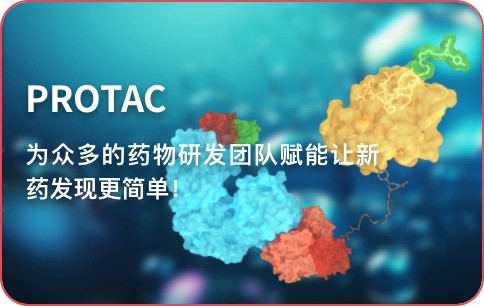





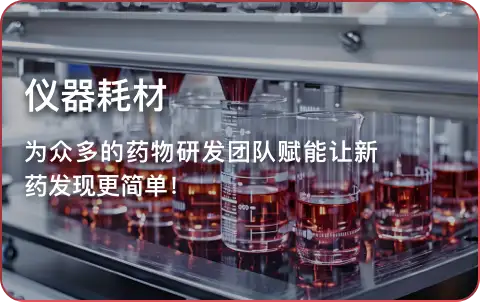
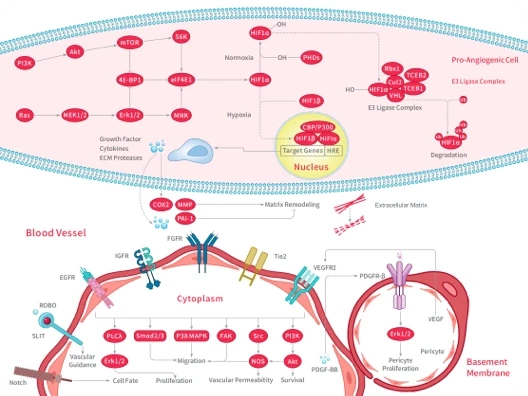
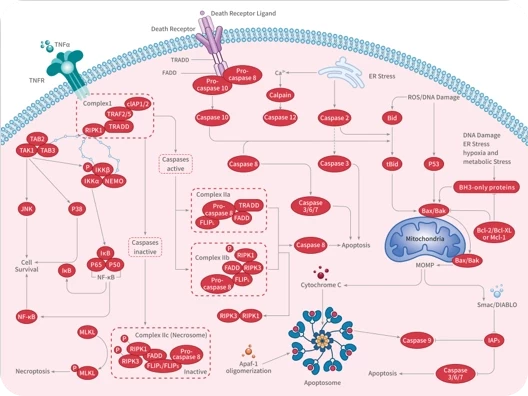
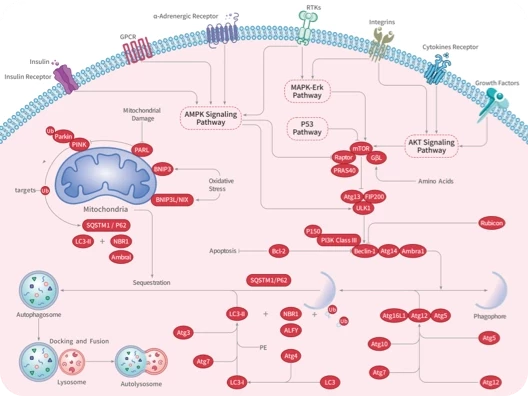


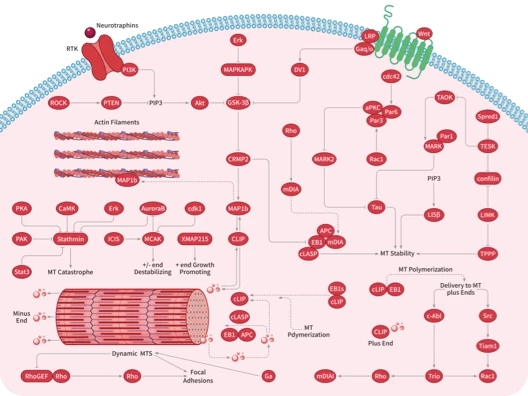
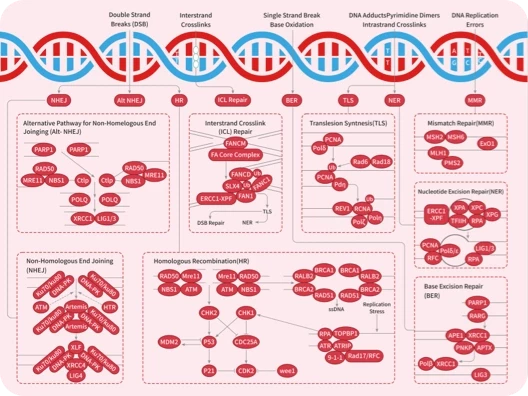

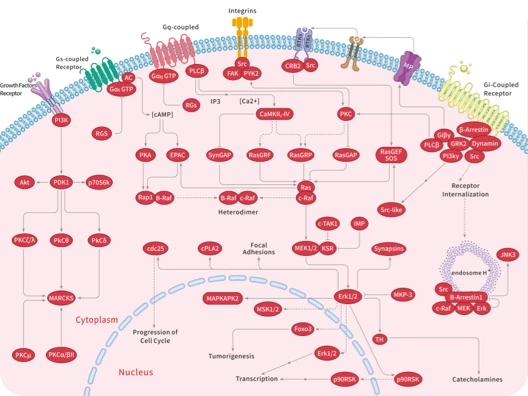
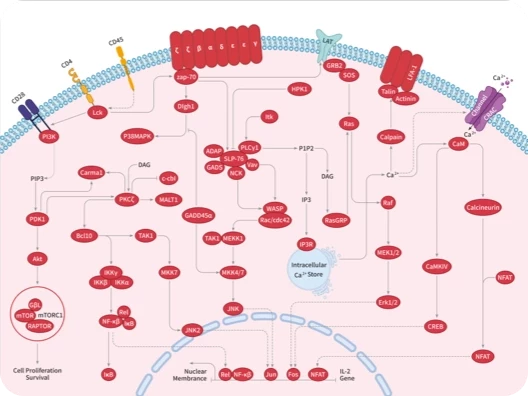
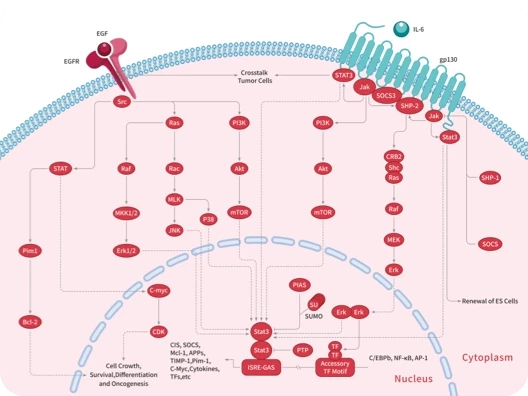
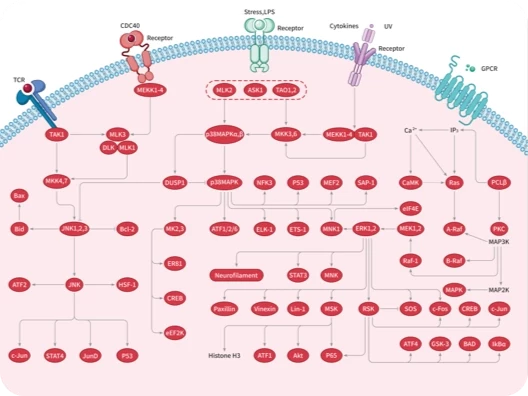


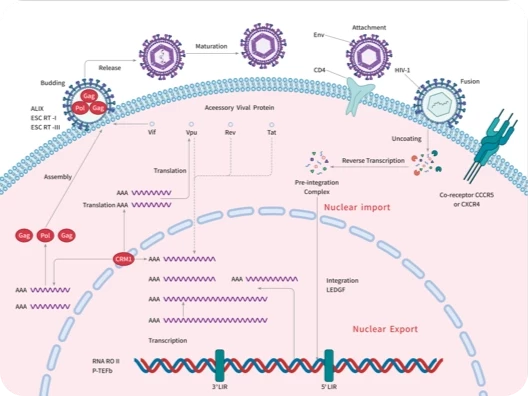

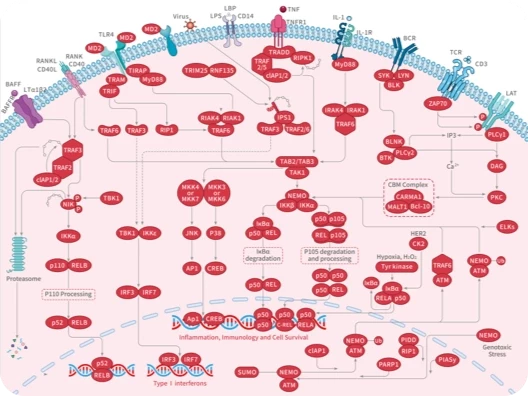
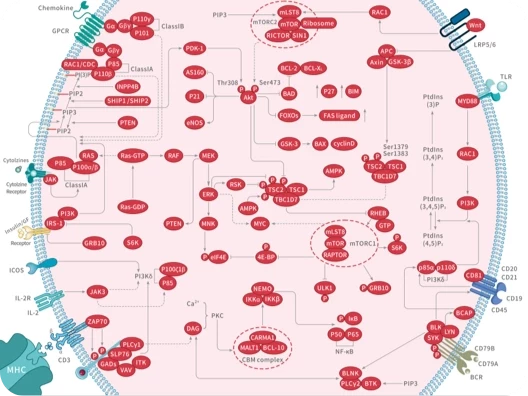
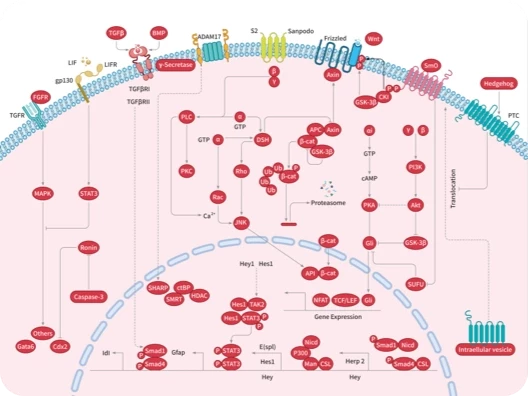

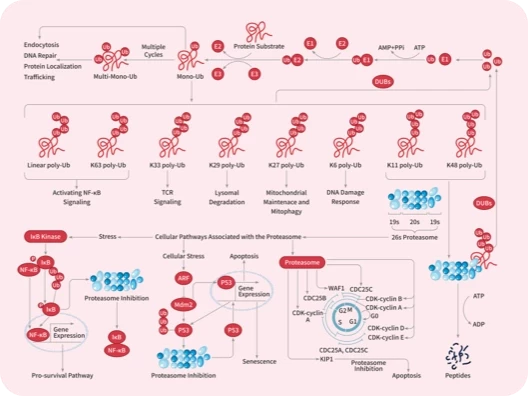


 |
|